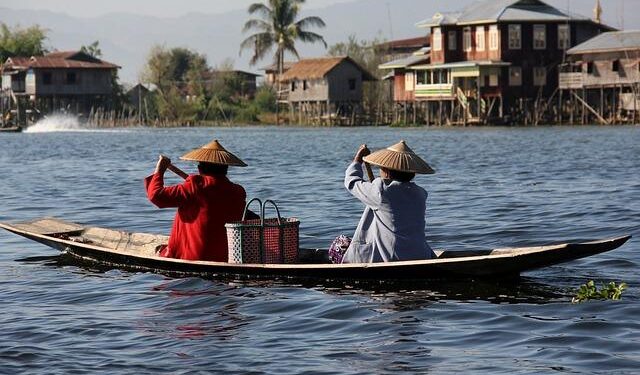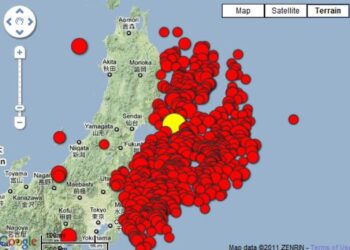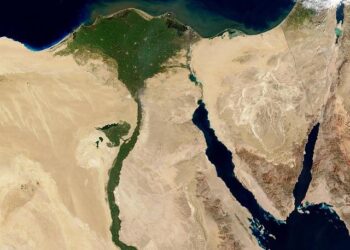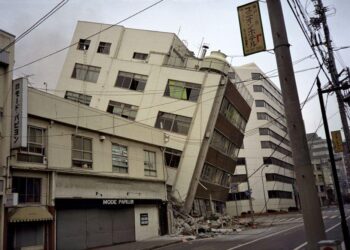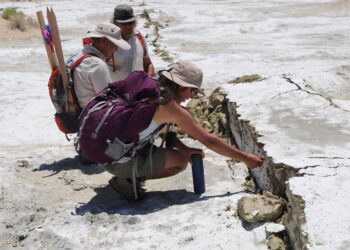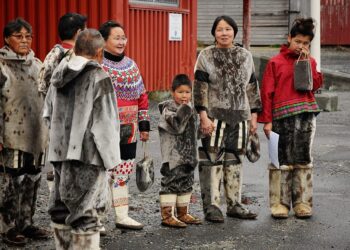In the wake of a devastating earthquake that rattled Myanmar, concerns continue to loom over the safety and resilience of affected communities. As residents sift thru the debris of their shattered lives, the specter of another tremor hangs ominously in the air. “I constantly worry – what if another earthquake happens?” reflects the palpable anxiety of those facing the aftermath.This sentiment echoes the urgent call for improved disaster preparedness and response strategies, underscoring the precariousness of life in a region increasingly vulnerable to seismic events. As reports emerge from UN News, experts and officials alike emphasize the need for immediate action to bolster infrastructure and support for communities still reeling from the quake’s impact.
Urgent Need for Enhanced Disaster preparedness in Myanmar’s Vulnerable Regions
The recent earthquake in Myanmar has escalated the urgency for robust disaster preparedness strategies, particularly in regions that are most vulnerable. Many communities are still reeling from the quake, experiencing not only physical devastation but also profound psychological distress. Local residents express their fears daily, echoing sentiments like, “I constantly worry – what if another earthquake happens?” Such anxiety underscores the critical need for immediate action. Addressing the structural deficiencies of buildings, especially in rural and urban areas, is paramount to safeguarding lives in the event of future natural disasters.
Effective preparedness plans shoudl encompass several key components to mitigate risks associated with seismic activities:
- Community Education: Providing training on emergency preparedness and response tactics.
- Infrastructure Development: investing in earthquake-resistant structures and retrofitting existing buildings.
- Resource Allocation: Ensuring adequate supplies of food,water,and medical assistance are available.
- Emergency Response Plans: Establishing clear protocols for evacuation and interaction during disasters.
To better understand the current situation and the resources required,the following table highlights recent assistance efforts in Myanmar:
| Assistance Type | Organization | Impact |
|---|---|---|
| Emergency Supplies | UNICEF | 5,000 families supported |
| Psychological Support | WHO | 3,000 individuals reached |
| Structural Aid | Red Cross | 200 buildings reinforced |
UN Calls for Immediate International Support Following Recent Quake
The recent earthquake in Myanmar has reignited fears among the local population,who are already grappling with the aftermath of the disaster. As neighborhoods lay in ruin and families face the daunting task of rebuilding their lives, the United Nations is urging the international community to act swiftly and provide much-needed assistance. The call for help encompasses various forms of support, including financial aid, medical supplies, and emergency food distributions, which are critical to ensure the survival of those affected. reports indicate that countless individuals have been displaced, leading to a dire need for temporary shelters and essential services.
UN officials highlighted the potential for further seismic activity,adding to the urgency of the situation. The fear of another earthquake looms large in the hearts of survivors, many of whom are still recovering from the psychological and physical impacts of the recent tremors. to address these concerns, various agencies are formulating response strategies that include:
- Deploying emergency response teams to assess damage and provide immediate relief.
- Establishing crisis centers to support affected individuals and families.
- Launching awareness campaigns to educate communities about earthquake preparedness.
Considering ongoing challenges, timely international intervention is essential to mitigate further loss and enhance resilience in this earthquake-prone region.
Community Resilience: Strategies for Mitigating Future Earthquake Risks in Myanmar
In the wake of the significant seismic activity experienced in Myanmar, addressing the issue of future earthquake risks has become paramount for local communities. Experts suggest a complete approach to strengthening community resilience, which includes the following strategies:
- Infrastructure Reinforcement: Upgrade buildings and public structures to meet modern seismic codes, ensuring they can withstand future tremors.
- Early Warning Systems: Implement advanced warning technologies that can alert communities seconds before an earthquake strikes, giving residents crucial time to respond.
- Public Education Campaigns: Conduct regular training sessions and workshops to educate residents about earthquake preparedness, including emergency response procedures and safety protocols.
- Community Drills: Organize frequent earthquake drills to ensure the community is ready to act swiftly and effectively in case of a disaster.
Pivotal to these initiatives is the need for active collaboration between government bodies, local organizations, and international agencies. With a commitment to fostering resilience, community leaders are encouraged to develop comprehensive risk reduction plans that encompass not only immediate response strategies but also long-term recovery and rehabilitation efforts. This holistic approach is essential for integrating disaster preparedness into the regional planning framework:
| Strategy | Description |
|---|---|
| Risk Assessment | Identify high-risk areas and formulate targeted interventions. |
| Community Involvement | Engage local populations in the planning and execution of resilience strategies. |
| Enduring Practices | Promote eco-friendly construction methods that reduce vulnerability. |
In Retrospect
In the wake of the recent earthquake in Myanmar, the specter of future seismic activity looms large over affected communities. As residents grapple with the immediate aftermath, their concerns extend beyond physical rebuilding to the psychological toll of living in a region prone to natural disasters. With calls for international support and enhanced preparedness efforts, the need for a comprehensive response remains critical. As experts emphasize the importance of resilience and recovery planning, the haunting question persists: what if another earthquake strikes? For many, the anxiety of uncertainty is as palpable as the tremors beneath the earth. As Myanmar looks to the future, it faces not only the challenges of recovery but the imperative to fortify its defenses against nature’s unpredictable fury.

